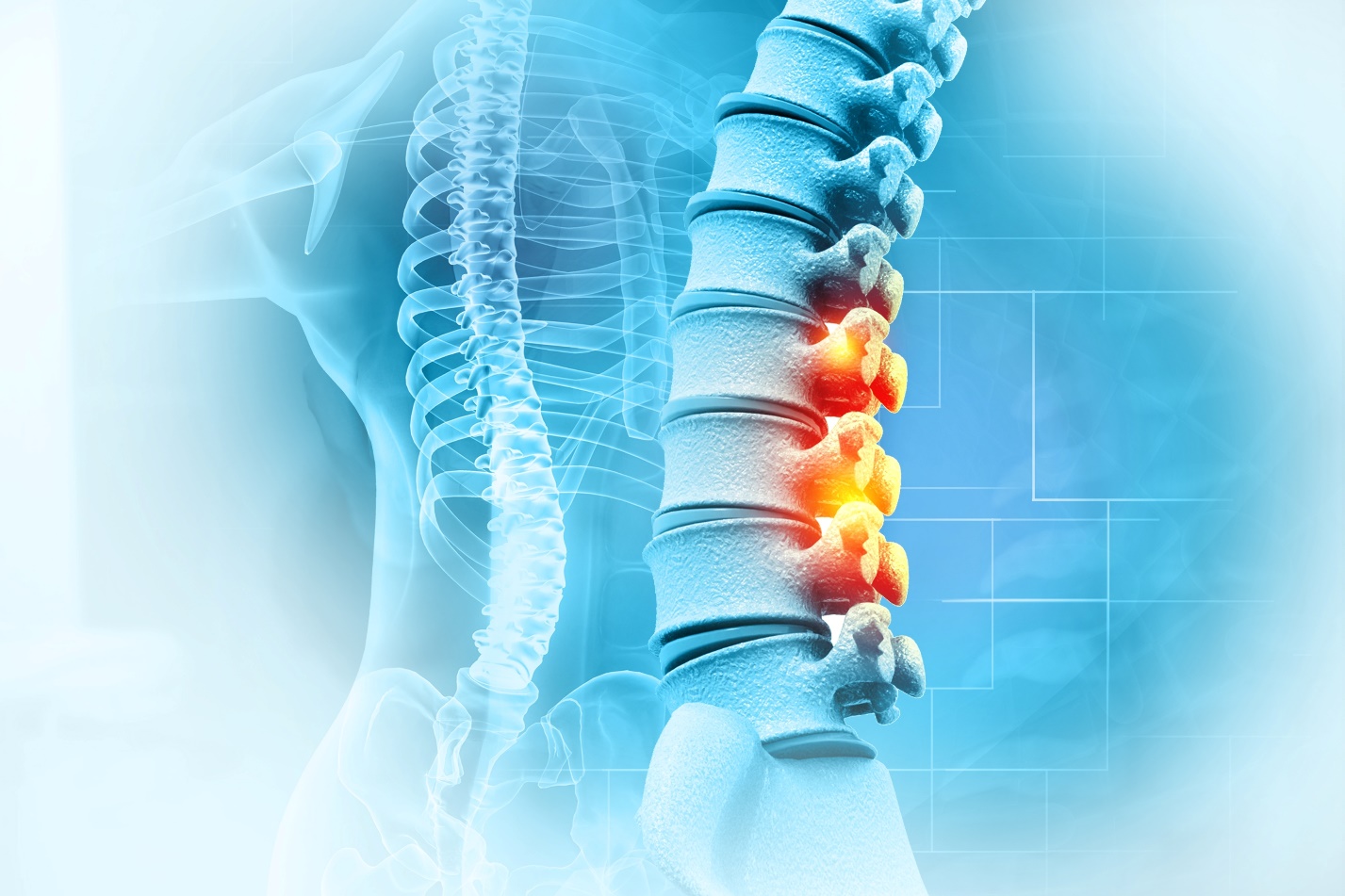Traumatic injuries to the central nervous system (CNS) often result in permanent functional deficits due to the limited capacity of CNS neurons to regenerate. Although advancements in spinal cord injury (SCI) research have been made, achieving substantial nerve fiber regrowth remains a significant challenge. Recent findings, however, offer promising avenues for overcoming these obstacles.

A groundbreaking study has identified lipin1, a phosphatidic acid phosphatase enzyme, as a key regulator of axon regeneration in the CNS. By inhibiting lipin1, researchers were able to enhance the regrowth of corticospinal and sensory axons after spinal cord injury. This discovery highlights the crucial role of lipid metabolism and signaling in CNS repair, suggesting a novel strategy for neural network restoration.
The Role of Lipid Signaling in Axon Regeneration
The study underscores the importance of lipid signaling in the CNS regeneration process. Lipids, primarily known for their role in membrane synthesis, also serve as signaling molecules that influence cell behavior. Lipin1 controls a feedback loop involving the mechanistic target of rapamycin (mTOR) and STAT3, two key signaling pathways that regulate axon regeneration. By modulating lipid metabolism, particularly the balance between phosphatidic acid (PA) and lysophosphatidic acid (LPA), lipin1 maintains low mTOR activity, a major barrier to regeneration.
Therapeutic Implications and Future Directions
The inhibition of lipin1 promotes robust axon regeneration, potentially paving the way for new therapies that could restore motor and sensory functions after severe spinal cord injuries. However, questions remain about the functional recovery of these regenerated axons. Future research will need to explore how regenerated axons can reestablish neural networks and restore motor control, offering renewed hope for spinal cord injury patients.
This discovery presents lipin1 as a promising therapeutic target, marking a significant step toward overcoming the persistent challenge of CNS regeneration.

Check out our AAV CDMO service to expedite your gene therapy research
PackGene Biotech is a world-leading CRO and CDMO, excelling in AAV vectors, mRNA, plasmid DNA, and lentiviral vector solutions. Our comprehensive offerings span from vector design and construction to AAV, lentivirus, and mRNA services. With a sharp focus on early-stage drug discovery, preclinical development, and cell and gene therapy trials, we deliver cost-effective, dependable, and scalable production solutions. Leveraging our groundbreaking π-alpha 293 AAV high-yield platform, we amplify AAV production by up to 10-fold, yielding up to 1e+17vg per batch to meet diverse commercial and clinical project needs. Moreover, our tailored mRNA and LNP products and services cater to every stage of drug and vaccine development, from research to GMP production, providing a seamless, end-to-end solution.
Related News
[2024/12/20] Gene and Cell Therapy- weekly digest from PackGene
FeaturedNewsArticlesPackGene's NewsletterReceive the latest news and insights to your inbox.About PackGenePackGene Biotech is a world-leading CRO and CDMO, excelling in AAV vectors, mRNA, plasmid DNA, and lentiviral vector solutions. Our comprehensive offerings span...
Sangamo and Astellas Collaborate to Advance Neurological Gene Therapies Using AAV Capsid Technology
Sangamo Therapeutics, Inc. (Nasdaq: SGMO), a leader in genomic medicine, and Astellas Pharma Inc. (TSE: 4503), a global innovator in life sciences, have partnered under a new license agreement. This collaboration centers around Sangamo’s cutting-edge neurotropic AAV...
Inceptor Bio and GRIT Bio Announce Strategic Partnership to Advance IB-T101, a Next-Generation Solid Tumor CAR-T Utilizing the OUTLAST™ Platform
SHANGHAI and MORRISVILLE, N.C., Dec. 18, 2024 /PRNewswire/ -- Inceptor Bio, a leading innovator in cell therapy, and GRIT Bio, a clinical-stage immunotherapy developer, today announced a strategic partnership to advance IB-T101, a potentially best-in-class CAR-T...
Proof-of-concept study bioengineers therapeutics for improved cancer treatment
Credit: Pixabay/CC0 Public DomainA team of Children's Medical Research Institute (CMRI) scientists has identified a new method for producing a therapeutic product that has the potential to improve the treatment of cancer. The work by Associate Professor Leszek...
Related Services

AAV Packaging Services
READ MORE

Off-the-Shelf AAV Products
READ MORE

